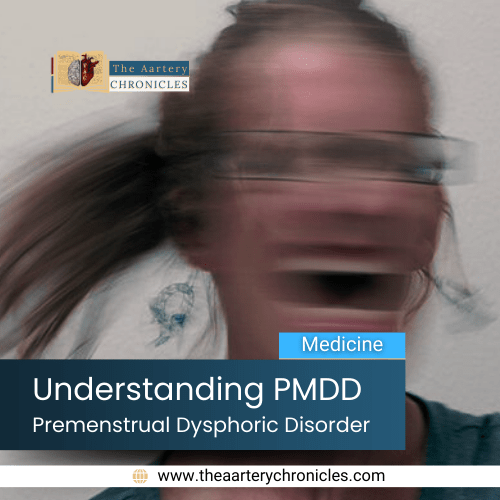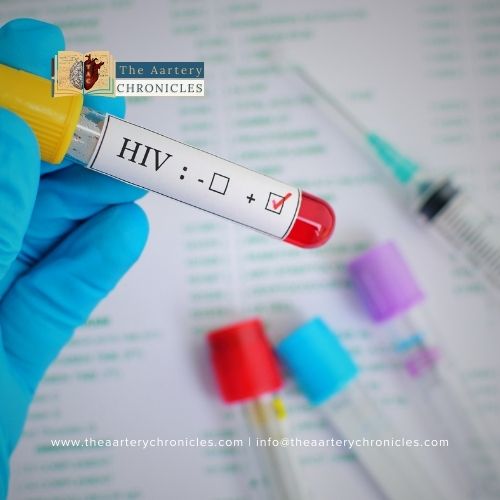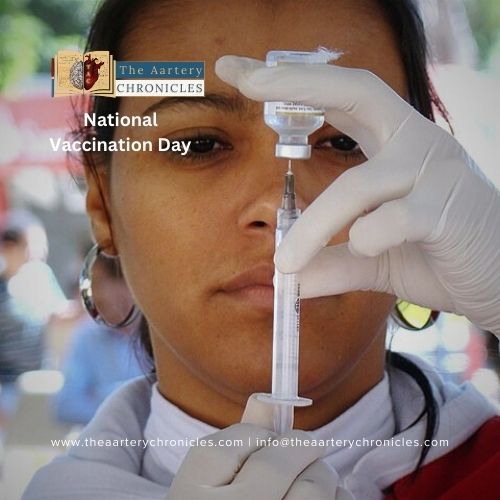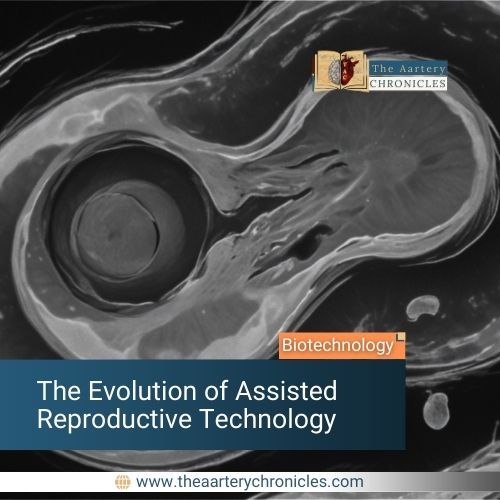

Understanding Premenstrual Dysphoric Disorder (PMDD)
Introduction
Premenstrual dysphoric disorder (PMDD) is a severe and debilitating form of premenstrual syndrome (PMS) that occurs during the premenstrual phase, one to two weeks before the period begins, and subsides a few days after menstruation starts. PMDD is characterized by a combination of physical, cognitive, and emotional symptoms. Besides experiencing PMS symptoms such as bloating, headaches, and breast tenderness, individuals with PMDD also suffer from severe anxiety, depression, and significant mood swings in the weeks leading up to their period. [1, 2, 3]
Although PMDD symptoms resemble those of PMS, they are significantly more severe and can disrupt daily life and functioning. PMDD affects up to 10% of women or individuals assigned female at birth (AFAB) who are of reproductive age. [2]
In this article, we will discuss the symptoms and causes of PMDD, as well as the methods for its diagnosis. Additionally, we explore treatment options and self-care strategies to help manage premenstrual dysphoric disorder.
Causes of Premenstrual Dysphoric Disorder
The exact cause of PMDD remains unknown. It may stem from an abnormal response to the normal hormonal changes that occur during each menstrual cycle, specifically the decreasing levels of estrogen and progesterone following ovulation and preceding menstruation. These hormonal fluctuations can lead to a deficiency in serotonin, a substance naturally found in the brain and intestines that narrows blood vessels and can influence mood and cause physical symptoms. [2, 3]
Who is at risk for premenstrual dysphoric disorder?
Anyone can be affected by premenstrual dysphoric disorder, but individuals can be at increased risk of PMDD if they have:
- Personal history of mood disorders, anxiety, or depression
- Family history of PMS or PMDD
- Premenstrual syndrome
- Past history of trauma or abuse
- Personal or family history of post-partum depression
Additional potential risk factors include lower levels of education and smoking cigarettes. [2, 3]
Signs and Symptoms of Premenstrual Dysphoric Disorder
PMDD symptoms are both physical and emotional, and they typically occur in the luteal phase of the menstrual cycle (the time between ovulation and the start of menstruation). These symptoms often subside within a few days after the onset of the period. These symptoms significantly disrupt daily activities, making it challenging for individuals to function effectively at home, at work, and in relationships during this time.
Typical signs and symptoms of premenstrual dysphoric disorder include:
Severe mood swings:
These can include sudden sadness, tearfulness, self-critical thoughts, and increased sensitivity to rejection.
Anger or irritability:
Intense irritability or anger that can lead to conflicts with family members, coworkers, or friends.
Depression:
Depressed mood, feelings of sudden and frequent hopelessness and worthlessness.
Anxiety:
Intense tension, nervousness, or feelings of being on edge.
Difficulty in concentrating:
Trouble focusing or thinking clearly
Fatigue:
Feeling extremely tired, lazy, or lacking in energy
Changes in sleep pattern:
Excessive sleeping or difficulty sleeping (insomnia)
Changes in eating pattern:
Overeating, binge eating, or specific food cravings.
Bloating:
Feeling of abdominal fullness and swelling.
Breast tenderness:
Pain or discomfort in the breasts.
Headaches:
Severe headaches or migraines.
Joint or muscle pain:
Unexplained muscle and joint aches and pains.
Research also shows that individuals with PMDD are four times more likely to experience suicidal ideation and have a sevenfold higher risk of attempting suicide. [2, 3, 4]
If you are experiencing suicidal thoughts or behaviours, it is imperative to seek immediate medical attention.
How is premenstrual dysphoric disorder diagnosed?
Diagnosing premenstrual dysphoric disorder usually entails a healthcare provider taking medical history and conducting a physical examination.
To diagnose PMDD, the following criteria typically need to be fulfilled:
- Over the course of a year, in most menstrual cycles, individuals need to encounter five or more symptoms during the week before their period, with these symptoms subsiding within a few days after their period starts.
- Symptoms must cause significant distress or interfere with one’s ability to function in social, work, or other settings.
- Symptoms cannot be attributed to or exacerbated by another underlying health condition. [3, 4, 5]
Treatment and Management Strategies for Premenstrual Dysphoric Disorder
PMDD is a significant and chronic condition that requires treatment. The treatment approaches for PMDD are outlined to alleviate or reduce the severity of PMDD symptoms. Treatment for PMDD is multi-faceted and may involve lifestyle changes, medication, and therapy. Effective treatments include
Medications
Antidepressants: Antidepressant medications, like selective serotonin reuptake inhibitors (SSRIs), are the first line of treatment for alleviating PMDD symptoms.
Oral contraceptives: Birth control pills containing drospirenone and ethinyl estradiol (EE) have proven to be effective in reducing the symptoms of PMDD.
Over-the-counter pain medications: Over-the-counter pain relievers can be used to alleviate physical symptoms such as abdominal cramps (dysmenorrhea), headaches, breast tenderness, and joint and muscle pain.


Therapy
Cognitive-behavioural therapy (CBT): This form of therapy helps individuals manage negative thought patterns and develop coping strategies. CBT can either be employed alone or in combination with other therapeutic approaches to manage the symptoms of PMDD.
Lifestyle Modifications
Diet: Dietary adjustments to increase protein and carbohydrate intake while decreasing sugar, salt, caffeine, and alcohol consumption can help manage PMDD symptoms. Additionally, supplements like vitamin B-6, calcium, and magnesium are recommended.
Stress management: Techniques like yoga, meditation, and mindfulness can help manage stress.
Exercise: Regular physical activity can improve mood and reduce physical symptoms. [1, 2, 3, 4]

Conclusion
Premenstrual dysphoric disorder (PMDD) is an intense form of premenstrual syndrome (PMS). While PMS is common and can cause discomfort, PMDD is characterized by debilitating physical and emotional symptoms that can significantly impair daily life. What sets PMDD apart from other mood disorders or menstrual conditions is the timing and duration of symptoms. The severity of PMDD symptoms can significantly impact daily functioning in various areas of life, including home, work, and relationships. Treatment approaches typically involve lifestyle adjustments, therapy, and occasionally medications such as antidepressants, oral contraceptives, and OTC pain medications.
- Evidence-based treatment of Premenstrual Dysphoric Disorder: a concise review - PMC (nih.gov)
- Premenstrual Dysphoric Disorder (PMDD): Causes & Treatment (clevelandclinic.org)
- Premenstrual Dysphoric Disorder (PMDD) | Johns Hopkins Medicine
- Premenstrual Syndrome and Premenstrual Dysphoric Disorder | AAFP
- Table 1, Diagnostic Criteria for Premenstrual Dysphoric Disorder (PMDD) - Endotext - NCBI Bookshelf (nih.gov)





